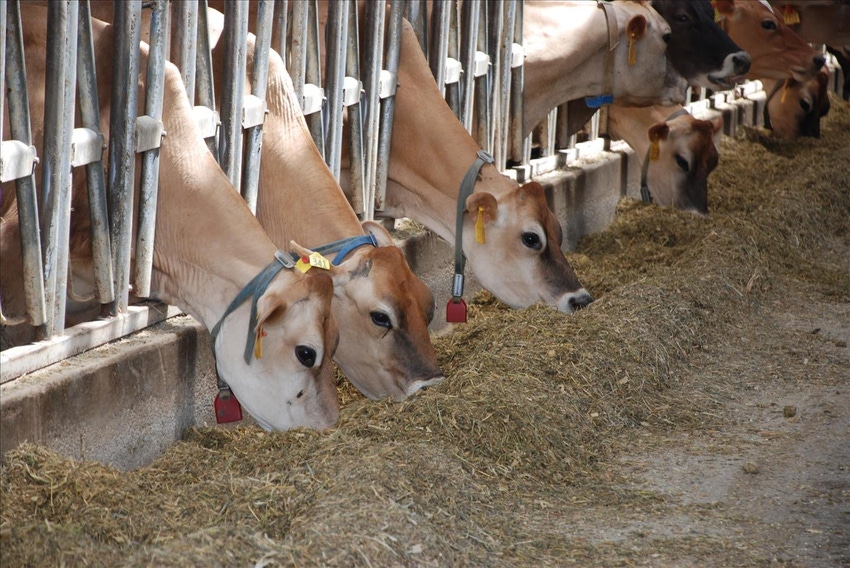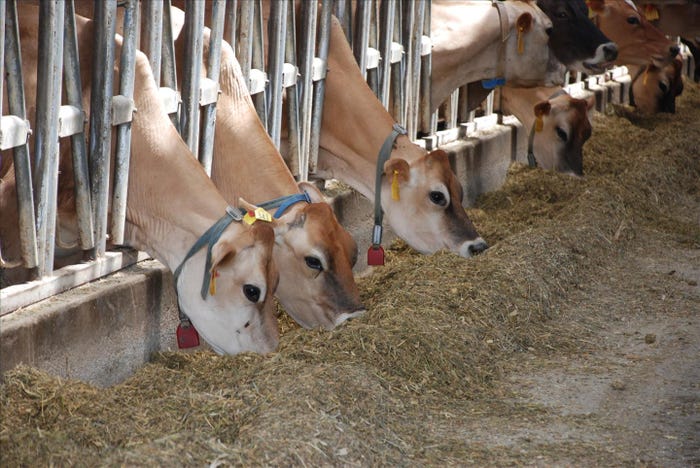Diet modeling validates live yeast as rumen modifier
Study confirms relevance of sub-model that accounts for quantitative response of live yeast on rumen pH and fiber degradation.
December 8, 2016

During the Annual Congress on Ruminant Research (3R- Rencontres Recherches Ruminants) this week in Paris, France, a study was presented on ruminant diet modeling, conducted in partnership with Toulouse Agricultural College in Toulouse, France, that had the goal of integrating the effects of using ruminant-specific live yeast as a rumen modifier into a dairy production dynamic model.

Eric Chevaux, global applied research and development manager for Lallemand Animal Nutrition, said, “Rumen-specific yeast Saccharomyces cerevisiae CNCM I-1077 has been widely studied, and today, we have gathered data on its effects on the degradation of a large database of raw materials and forages in sacco. This enabled (us) to predict its effects on ration degradation. Backed up by a large data set of field results on dairy production, it allowed us to go one step further and design a dietary sub-model to predict the effect of this specific additive on milk production. The trial presented today contributed to validate our predictive model.”
Laurent Dussert, Lallemand category manager for ruminant feed additives, added, “Intensive farming practices require a high plane of nutrition, which typically includes high levels of fermentable carbohydrates. This can put the animal at risk of developing metabolic disorders, such as sub-acute rumen acidosis. A large amount of data concerning our rumen-specific live yeast modes of action and benefits indicate that it represents a valuable tool that allows maximizing the forage portion of the diet, giving the farmers and nutritionists the possibility to either increase milk or meat revenue per kilogram of feed or to optimize feed cost with similar milk revenue.
"The present study confirms the relevance of a sub-model that enables (taking) into account the quantitative response of live yeast on rumen pH and fiber degradation within a feed formulation program," Dussert added. "Such concrete advance is valuable to allow nutritionists and producers to model for improved feed efficiency and income over feed cost.”
Study citation: Ali Haimoud-Lekhal, D., E. Chevaux and A. Piron. 2016. Case study: Prediction model evaluation of Saccharomyces cerevisiae I-1077 on dairy cow milk production. 23 Rencontres Recherches Ruminants. Dec. 7-8. Paris, France.
You May Also Like



